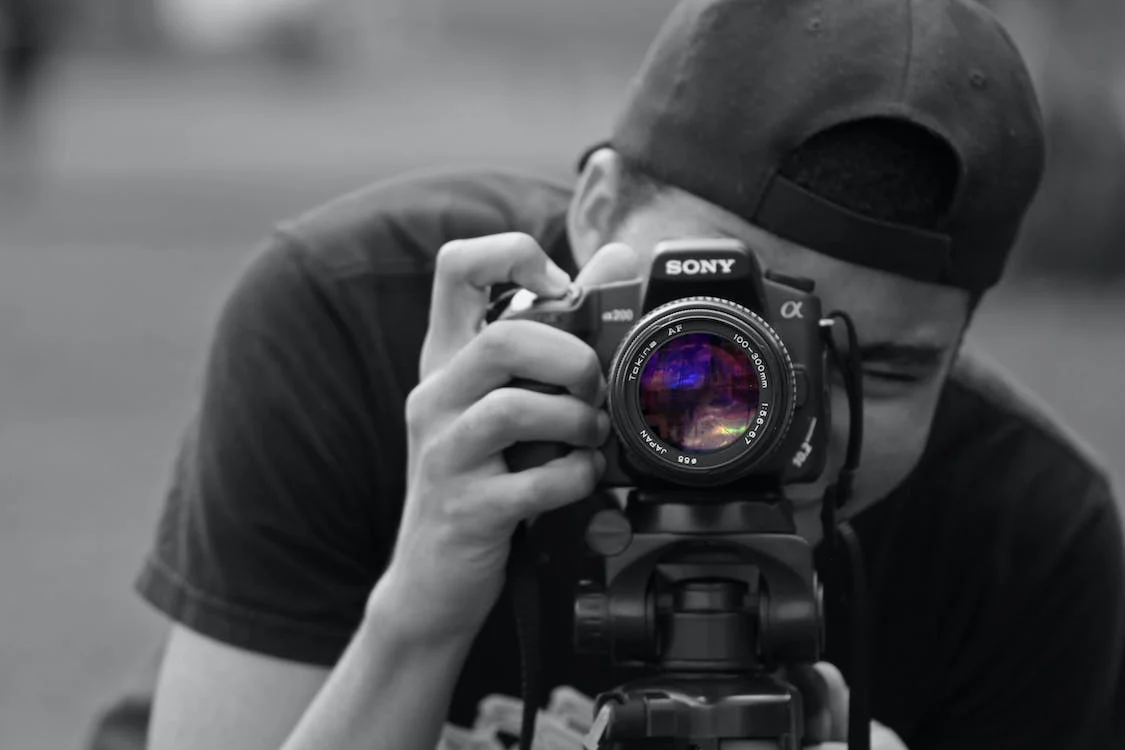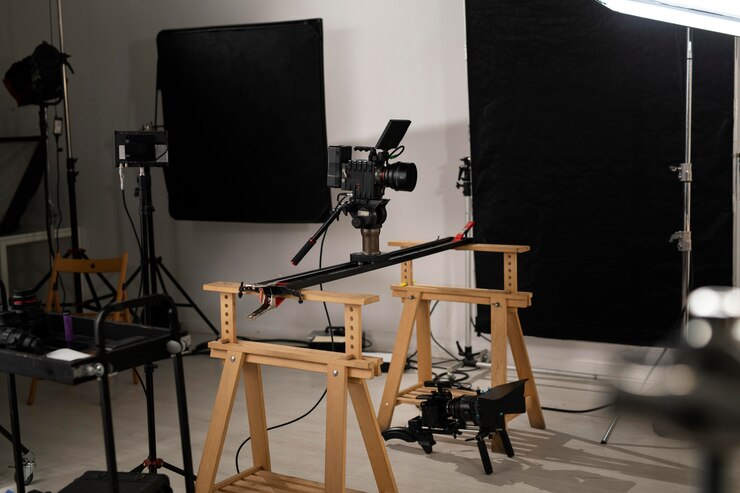10 Essential Points for Understanding Film Production Insurance.
- Protects against liability claims: Film production insurance safeguards against claims related to injuries on set, accidents in working vehicles, and other liabilities.
- Covers equipment loss or damage: Policies can protect against theft, loss, or damage of rented or owned equipment.
- Customizable policies: Each policy can be tailored to a production company’s specific needs at the time of purchase.
- Cost varies: The cost of film production insurance depends on factors such as budget, annual vs. short-term policy, and risk level.
- Budgeting for insurance: It is recommended to budget about 3% of a film’s budget for entertainment insurance.
- Specialized policies: Add-ons can be purchased to cover unique elements such as stunts, drones, and underwater filming.
- Exclusively sold by entertainment insurance brokers: These brokers are licensed to sell entertainment insurance.
- Trust your insurance agent: Choose an insurance agent that you can trust to provide the best coverage for your production.
- Be honest and upfront: When securing your policy and add-ons, it is crucial to be upfront and honest.
- Coverage for final distributed product: Errors and Omissions (E&O) insurance covers your final distributed product, whether you release it in theaters, online, or elsewhere.
Without a solid film production insurance policy, a production company can be sued in both criminal and civil courts.

Lights, camera, action! The world of filmmaking is a thrilling journey filled with creativity, passion, and countless moving parts. Amidst the whirlwind of production schedules, casting decisions, and artistic visions lies a crucial yet often overlooked element: film production insurance. Picture this – an unforeseen accident halts filming, or extreme weather disrupts your carefully planned shoot; this is where the safety net of film production insurance comes into play.
Defined as a specialized type of coverage designed to protect filmmakers from financial losses resulting from risks inherent to the industry, film production insurance serves as the unsung hero that shields creative projects from potential catastrophe.
But why does every filmmaker need to cozy up to the idea of ensuring their cinematic ventures? Imagine pouring heart and soul into bringing your vision to life on screen only for unforeseen circumstances to derail everything you’ve worked so hard for. Without insurance in place, these unexpected curveballs could spell disaster not just for your project but also for your financial well-being.

From equipment damage and set accidents to liabilities stemming from third-party injuries or property damage during filming – the list of potential risks in filmmaking is as vast as a Hollywood blockbuster’s budget. Embracing film production insurance isn’t merely an option; it’s a strategic move towards safeguarding your passion projects and fortifying them against unpredictable challenges along the path to celluloid glory.
Buckle up as we delve deeper into the intricate world of film production insurance – uncovering its nuances, unpacking its significance in safeguarding filmmakers’ dreams, and arming you with knowledge essential for navigating the complex terrain of cinematic risk management.
Let’s embark together on this illuminating exploration where reels meet policies, and where understanding empowers creatives like you to navigate confidently through the ever-evolving landscape of filmmaking adventures.
Types of Coverage Offered.
When delving into the realm of film production insurance, understanding the array of coverage options available is crucial for safeguarding your project. General liability insurance stands as a stalwart shield against unforeseen accidents or mishaps during filming, offering financial protection and peace of mind.
Errors & omissions (E&O) insurance steps onto the stage as the guardrail against legal pitfalls, ensuring that your film navigates through potential copyright infringements or defamation claims unscathed. Equip yourself with equipment coverage to shield your valuable gear from loss, damage, or theft – an indispensable safety net in the tumultuous world of filmmaking where every camera lens holds immense value.
As you navigate the labyrinthine landscape of film production insurance, don’t forget about cast insurance – a fortification for scenarios where key personnel may face unexpected health issues or contractual disputes that could derail production schedules and budgets. It’s not just about ensuring physical assets but also protecting the human component vital to bring your cinematic vision to life.
Each type of coverage acts as a thread in a safety net woven to secure your creative endeavor from uncertainties looming on the horizon. Embrace these shields with prudence and foresight, knowing that they form a solid foundation upon which you can build your cinematic dreams with confidence.
Key Considerations When Choosing Insurance.
When delving into the realm of film production insurance, one must navigate the delicate balance between budget constraints and necessary coverage. It is crucial for filmmakers to carefully assess their financial limitations while ensuring they are adequately protected against potential risks.
While it may be tempting to cut costs in this aspect of film production, compromising on the breadth and depth of coverage can have severe consequences in the long run. By striking a careful equilibrium between budget considerations and essential protection, filmmakers can safeguard their projects without draining resources.

Furthermore, understanding the significance of working with specialized entertainment insurers cannot be overstated. Unlike generic insurance providers, specialized insurers possess in-depth knowledge of the unique risks inherent in film production.
This expertise enables them to tailor policies that specifically address the challenges faced by filmmakers, offering comprehensive coverage that aligns with industry standards and best practices. By collaborating with insurers who specialize in entertainment-related ventures, filmmakers benefit from customized solutions that provide unparalleled protection for their creative endeavors.
Real-Life Examples and Case Studies.
In the fast-paced world of film production, unpredictability is a constant companion. The value of proper insurance coverage often reveals itself in unexpected ways, safeguarding filmmakers against the unforeseen challenges that can derail even the most meticulously planned projects.
Consider the case of an independent filmmaker who, amidst shooting on location, faced severe weather conditions that damaged expensive equipment beyond repair. Thanks to comprehensive production insurance tailored to their specific needs, they were able to swiftly replace vital gear without bearing crippling financial losses or delays.
Additionally, seasoned professionals recognize the importance of liability coverage after witnessing instances where accidents occurred on set leading to injury claims or property damage lawsuits. The right insurance policy not only shields filmmakers from potential legal battles but also instills confidence in investors and collaborators by demonstrating a commitment to responsible risk management.
By delving into these real-life examples and case studies, aspiring filmmakers gain valuable insights into how proactive measures such as securing adequate coverage can be instrumental in protecting their creative endeavors and long-term aspirations within the competitive landscape of filmmaking.
Summary Tips for Filmmakers: Common Pitfalls to Avoid.
When it comes to securing adequate coverage for your film production, there are common pitfalls that filmmakers should be wary of. One frequent mistake is underestimating the scope of coverage needed. Many filmmakers may opt for the bare minimum insurance required by contracts or regulations without fully understanding the potential risks involved in their specific project.
It’s essential to conduct a thorough risk assessment and work closely with an experienced insurance broker to tailor the coverage to your unique needs.
Additionally, overlooking key clauses and exclusions in insurance policies can lead to significant gaps in coverage. Misinterpreting or neglecting certain terms within the policy can leave filmmakers vulnerable to unexpected liabilities or losses.
For example, failing to understand the difference between occurrence-based and claims-made policies could result in gaps when filing claims post-production. Filmmakers must review all policy details carefully and seek clarification on any ambiguous language before finalizing their insurance agreements.
Lastly, relying solely on general liability insurance without considering additional specialized coverage options is another pitfall that filmmakers often encounter. While general liability provides broad protection against third-party bodily injury or property damage claims, it may not encompass specific risks inherent in filmmaking, such as equipment breakdowns, civil authority shutdowns, or errors and omissions.
Understanding these nuances and investing in supplemental coverages tailored to your production’s needs can help safeguard your project from unforeseen challenges down the line.

I am a highly experienced film and media person who has a great deal to offer to like-minded individuals. Currently working on several exciting projects, I am a film and media practitioner for over a decade. I have achieved a great deal of success in my professional career.





